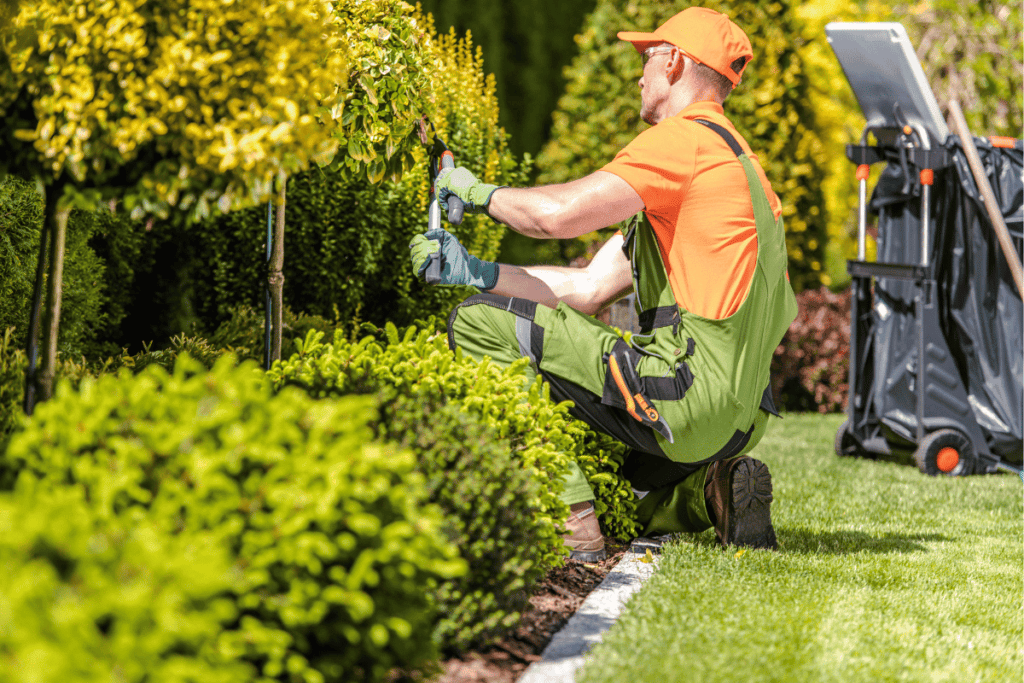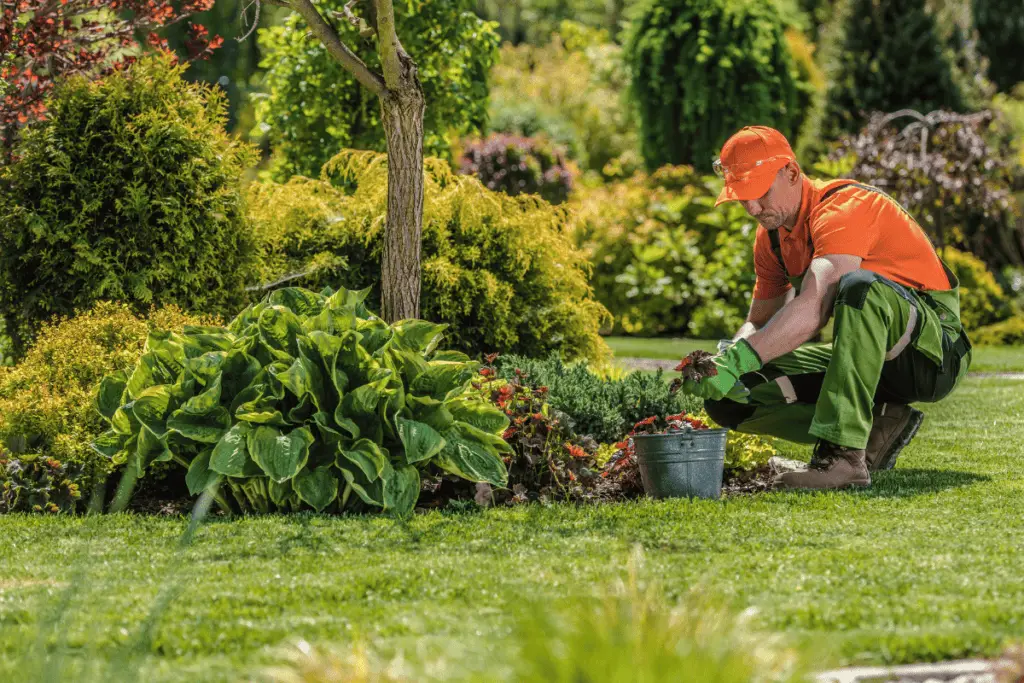Horticulture: The Art of Gardening
Gardening, often referred to as horticulture, is more than just planting seeds and watching them grow. It’s a therapeutic art form that allows individuals to connect with nature, nurture life, and create stunning outdoor spaces. Whether you’re a seasoned gardener or a novice with a green thumb waiting to blossom, this article will guide you through the intricate world of horticulture.
Introduction

What is horticulture?
At its core, horticulture is the science and art of cultivating fruits, vegetables, flowers, and ornamental plants. It goes beyond the simple act of planting and encompasses a deep understanding of soil, climate, and plant life cycles.
The significance of gardening in modern life
In today’s fast-paced world, gardening provides a sanctuary—a place to escape the chaos, breathe fresh air, and reconnect with the earth. It’s a hobby that transcends generations, offering both mental and physical health benefits.
The Basics of Horticulture
Understanding soil composition
Before diving into the gardening adventure, one must grasp the importance of soil. Different plants thrive in various soil types, and understanding the composition of your soil is crucial for successful cultivation.
Importance of sunlight and water
Just like humans, plants have specific needs. Sunlight and water are essential elements for their growth. Learning how to balance these factors ensures a thriving garden.
Choosing the right plants
Not all plants are created equal. Some require meticulous care, while others are more forgiving. Choosing plants that suit your lifestyle and climate zone is key to a successful garden.
Planning Your Garden

Designing your garden layout
A well-designed garden is a joy to behold. Consider the layout, pathways, and focal points to create a harmonious and visually appealing space.
Selecting plants that complement each other
Certain plants thrive together, creating a symbiotic relationship. Understanding companion planting can enhance the health and yield of your garden.
Seasonal considerations
Different seasons bring varied challenges and opportunities. Planning your garden with seasonal changes in mind ensures year-round beauty.
Essential Gardening Tools
Must-have tools for every gardener
Equipping yourself with the right tools makes gardening more enjoyable and efficient. From shovels to pruners, each tool serves a specific purpose in nurturing your green haven.
Proper tool maintenance
Investing time in maintaining your tools ensures longevity and effectiveness. A well-kept shovel is a gardener’s best friend.
Soil Preparation

Testing and improving soil quality
A healthy garden starts with healthy soil. Testing your soil and amending it with organic matter sets the stage for robust plant growth.
Adding organic matter for fertility
Compost, manure, and other organic materials enrich the soil, providing essential nutrients for plants. Think of it as a nourishing meal for your garden.
Choosing the Right Plants for Your Space
Understanding your climate zone
Plants have specific climate preferences. Knowing your climate zone helps you select plants that will thrive in your region.
Selecting plants based on sunlight availability
The amount of sunlight your garden receives dictates the types of plants that will flourish. Choose plants that match your garden’s sunlight conditions.
Watering Techniques
The importance of proper watering
Watering is an art in itself. Too much or too little can harm your plants. Learn the signs of overwatering and underwatering to keep your garden hydrated.
Efficient watering methods
Drip irrigation, soaker hoses, and timed sprinklers are efficient ways to ensure your garden receives the right amount of water without wastage.
Managing Pests and Diseases
Identifying common garden pests
Aphids, slugs, and caterpillars are common garden foes. Recognizing them early allows for effective, eco-friendly pest control measures.
Natural ways to control pests without chemicals
From companion planting to introducing beneficial insects, there are natural ways to keep pests at bay without resorting to harmful chemicals.
Pruning and Trimming
The art of shaping and maintaining plants
Pruning is like giving your plants a haircut. It encourages healthy growth, controls size, and enhances the overall appearance of your garden.
Pruning tips for different types of plants
Each plant has its own pruning requirements. From roses to fruit trees, understanding the specific needs ensures optimal results.
Seasonal Maintenance
Tasks for spring, summer, fall, and winter
Every season brings new tasks. From planting in spring to winterizing in the fall, seasonal maintenance keeps your garden in top shape.
Preparing your garden for the changing seasons
Protecting your plants from extreme weather and adjusting your garden care routine ensures a flourishing landscape year-round.
Container Gardening
Ideal plants for containers
Limited space? Container gardening is the solution. Discover plants that thrive in pots, bringing beauty to balconies, patios, or even windowsills.
Tips for successful container gardening
Container gardening requires special care. Learn about proper drainage, soil selection, and container sizes to create thriving mini-gardens.
Gardening on a Budget
Cost-effective gardening tips
Gardening doesn’t have to break the bank. Explore budget-friendly options for seeds, tools, and creative DIY solutions for garden enhancements.
DIY projects for gardeners with limited resources
Transform ordinary items into garden treasures. DIY projects add a personal touch to your space without straining your budget.
Creating a Relaxing Garden Space
Incorporating elements for relaxation
A garden is not just about plants; it’s a haven for relaxation. Include seating, water features, and sensory plants to create a tranquil retreat.
The therapeutic benefits of gardening
Gardening has proven therapeutic benefits, reducing stress and promoting mental well-being. It’s not just a hobby; it’s self-care in the form of nurturing nature.
Gardening for Beginners ~ Horticulture
Step-by-step guide for those new to gardening
Embarking on your first gardening journey? Follow a step-by-step guide to ensure success and avoid common pitfalls that beginners often encounter.
Common mistakes to avoid
Learn from others’ mistakes. Understanding common pitfalls helps beginners navigate the challenges of gardening with confidence.
Conclusion ~ FHorticulture
In the grand tapestry of life, horticulture weaves a beautiful thread, connecting us to the earth and fostering a sense of accomplishment. As you embark on your gardening journey, remember that every seed planted is a promise of growth and transformation. The art of gardening is not just about cultivating plants; it’s about cultivating joy, patience, and a profound connection with nature.
FAQs About Horticulture
Q: Can I start gardening if I have limited space?
A: Absolutely! Container gardening is a great option for those with limited space. You can grow a variety of plants on balconies, patios, or even windowsills.
Q: How often should I water my plants?
A: The frequency of watering depends on factors like the type of plant, soil, and weather conditions. It’s crucial to monitor the soil’s moisture level and adjust accordingly.
Q: What are some low-maintenance plants for beginners?
A: Plants like succulents, zinnias, and marigolds are known for their resilience and are perfect for beginners.
Q: What are some low-maintenance plants for beginners?
A: Plants like succulents, zinnias, and marigolds are known for their resilience and are perfect for beginners.
Q: How can I attract beneficial insects to my garden?
A: Planting flowers like marigolds, daisies, and lavender can attract beneficial insects like ladybugs and bees, creating a balanced ecosystem.
Q: What are the benefits of mulching in gardening?
A: Mulching helps retain soil moisture, suppress weeds, regulate soil temperature, and improve overall soil health. It’s a multi-functional practice for gardeners.
Latest Posts
- What Types of Lettuces Can You Grow?

- How to Plant Onion Seeds for Maximum Germination

- How to Plant Parsnip Seeds for Maximum Germination

- How to Plant Mushroom Seeds for Maximum Germination

- How to Plant Lettuce Seeds for Maximum Germination

- How to Plant Kale Seeds: A Step-by-Step Guide to Maximum Germination Success!

Additional Information
https://en.wikipedia.org/wiki/Horticulture




